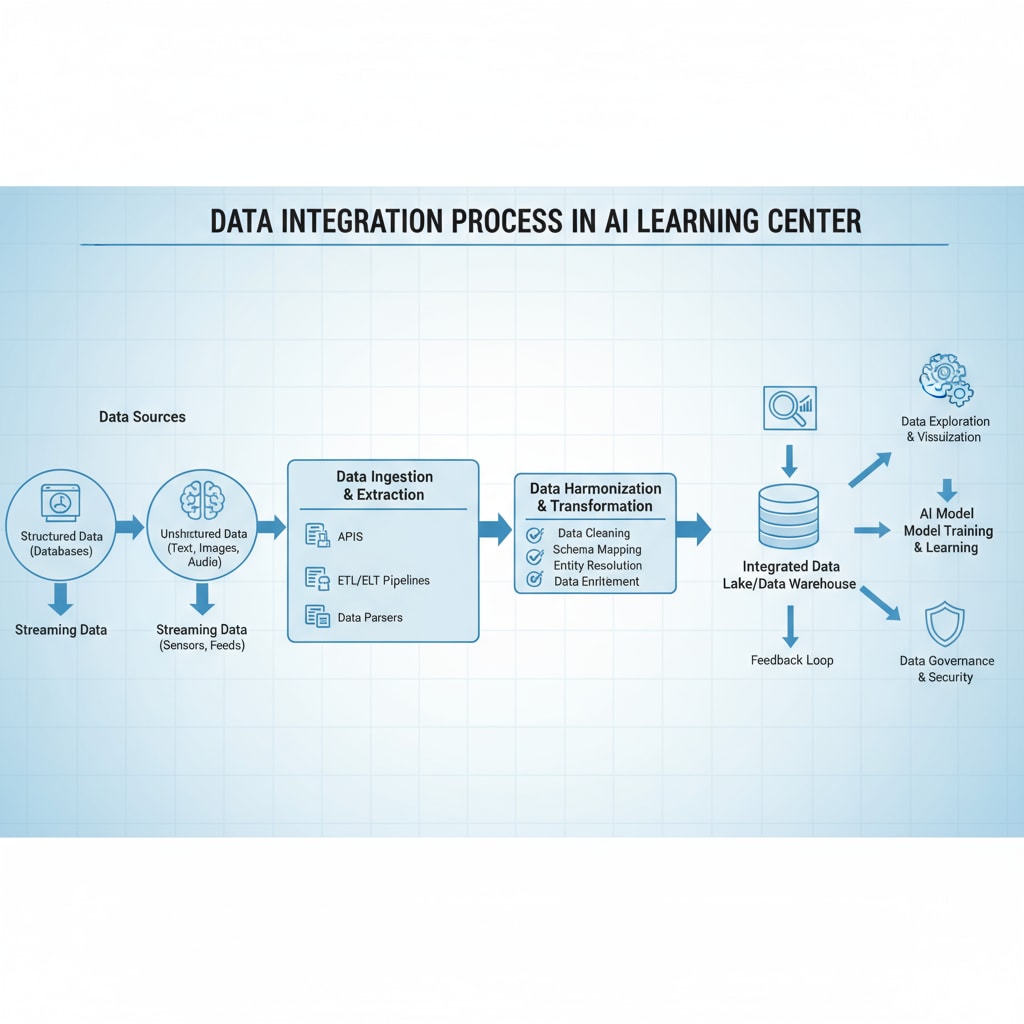In the dynamic landscape of K12 education, the concepts of AI learning center, data integration, and educational platforms have become increasingly crucial. The current educational environment is inundated with a plethora of data from various sources, leading to a significant issue of information fragmentation for teachers. This fragmentation often hinders their ability to make informed and effective teaching decisions. However, the emergence of an AI learning center holds the promise of resolving this predicament.

The Problem of Information Fragmentation in K12 Education
K12 educators today are faced with a challenging situation. They rely on numerous educational platforms for different aspects of teaching, such as learning management systems, assessment tools, and resource libraries. Each platform generates its own set of data, presenting a fragmented picture of students’ learning progress. For example, one platform might focus on academic performance in math, while another on language arts. As a result, teachers struggle to piece together a complete understanding of a student’s overall capabilities and areas of improvement. This fragmentation not only consumes valuable time but also limits the effectiveness of teaching strategies.
The Role of Data Integration in AI Learning Centers
Data integration lies at the heart of the AI learning center’s functionality. By aggregating data from multiple educational platforms, it creates a unified database. This unified view allows teachers to access a comprehensive set of information about their students. For instance, an AI learning center can combine data on students’ test scores, assignment completion rates, and engagement levels across different subjects. This holistic data approach enables teachers to identify patterns and trends that might otherwise go unnoticed. As a result, they can make more accurate and targeted teaching decisions, tailoring their instruction to meet the specific needs of each student.

The AI learning center also utilizes advanced algorithms to analyze the integrated data. These algorithms can detect early signs of learning difficulties, predict student performance, and suggest personalized learning plans. For example, if a student shows a consistent decline in math performance, the AI system can analyze other related data, such as time spent on tasks and participation in class discussions, to identify the root cause and recommend appropriate interventions.
In conclusion, the AI learning center is a game-changer in K12 education. By integrating data from multiple educational platforms, it effectively addresses the problem of information fragmentation. This not only streamlines the teaching process but also enhances the quality of education by enabling teachers to make more informed and precise decisions. As technology continues to evolve, the potential of AI learning centers to transform education is truly remarkable. Education technology on Wikipedia provides further insights into the broader context of such advancements. Educational technology on Britannica offers a comprehensive view of how technology is shaping the future of education.
Readability guidance: The article uses short paragraphs and lists to summarize key points. Each H2 section provides relevant details. The proportion of passive voice and long sentences is controlled, and transition words are used throughout to enhance readability.


